Did you know that rocket lettuce, also known as arugula or roquette, is not only delicious but also incredibly easy to grow in your own garden? With a little bit of care and attention, you can have fresh and flavorful rocket lettuce right at your fingertips. In this article, I will share some fresh tips that will help you successfully cultivate rocket lettuce in your garden. Get ready to enjoy the peppery and slightly spicy taste of this versatile leafy green!
- Rocket lettuce, also known as arugula or roquette, is easy to grow in your garden.
- It adds a unique peppery and slightly spicy flavor to dishes.
- By following the tips in this article, you can enjoy fresh rocket lettuce right from your backyard.
- Rocket lettuce is a staple ingredient in Mediterranean cuisine.
- It is considered a superfood due to its high nutritional content.
History and Uses of Rocket Lettuce
Rocket lettuce, also known as arugula or roquette, has a rich history dating back to ancient times. It originated in the Mediterranean region and has been cultivated for its culinary and medicinal properties for centuries.
The uses of rocket lettuce in diverse cuisines and traditional dishes have contributed to its popularity worldwide. The leaves of rocket lettuce are known for their unique nutty and peppery taste, which adds a delightful flavor to a variety of culinary creations.
This versatile leafy green is commonly used in:
- Salads: Rocket lettuce provides a fresh and tangy element to salads, enhancing their taste and texture.
- Sauces: Its distinct flavor makes it a popular ingredient in sauces, such as pesto and salsa verde.
- Pizza Toppings: Rocket lettuce leaves can be used as a delicious and aromatic topping for pizzas, complementing the other ingredients.
Furthermore, rocket lettuce is considered a superfood due to its exceptional nutritional content. It is an excellent source of:
- Calcium: Essential for strong bones and teeth.
- Iron: Important for healthy blood circulation and oxygen transport.
- Vitamins A, C, and K: These vitamins play crucial roles in maintaining overall health and boosting the immune system.
With its rich history and diverse uses, rocket lettuce continues to be cherished for its distinct flavor and nutritional benefits.
| Benefits of Rocket Lettuce | Nutritional Content |
|---|---|
| Distinct flavor and aroma | Calcium: 64 mg Iron: 0.47 mg Vitamin A: 237 mcg Vitamin C: 15 mg Vitamin K: 109 mcg |
| Versatile culinary uses | |
| Enhances salads, sauces, and pizzas | |
| Superfood status |
Growing Rocket Lettuce
When it comes to growing rocket lettuce, you’re in luck! It’s a relatively easy plant to cultivate in your garden. Whether you have limited space and prefer growing it in pots or have enough room to plant it directly in the ground, rocket lettuce will thrive with the right care and attention.
Rocket lettuce is best planted during the cooler temperatures of spring and autumn. There are two main types of rocket lettuce to choose from: wild rocket and salad rocket. Wild rocket is a perennial plant that produces leaves throughout summer and autumn, while salad rocket is an annual plant that performs best when grown in the spring.
There are two ways to get started: sow rocket seeds directly into the ground or purchase juvenile plants from a reputable garden center. When planting, make sure the soil is well-draining to prevent waterlogged roots. To keep your rocket lettuce healthy and thriving, regular watering is crucial. Aim to keep the soil consistently moist, but avoid overwatering as it can lead to root rot.
Here are some quick tips to keep in mind when growing rocket lettuce:
- Choose a sunny spot for your rocket lettuce, as it thrives in full sun but can tolerate some shade.
- If planting in pots, use a container with drainage holes to allow excess water to escape.
- Consider adding organic compost or well-rotted manure to enrich the soil before planting.
- Thin out the seedlings once they start growing to ensure proper airflow and prevent overcrowding.
- Harvest the leaves regularly to encourage new growth and enjoy fresh rocket lettuce in your meals.
With these simple growing tips, you’ll be on your way to a bountiful harvest of delicious rocket lettuce. Whether you add it to your salads, sandwiches, or even as a vibrant garnish, your homegrown rocket lettuce will bring a burst of fresh flavors to your culinary creations.
Caring for Rocket Lettuce
Proper care is essential for the successful growth of rocket lettuce in your garden. Here are some key tips to ensure your rocket lettuce plants thrive:
1. Watering: Rocket lettuce requires regular watering to keep the soil moist. It is important to maintain a consistent level of moisture in the soil to prevent it from drying out. This will help promote healthy growth and prevent the plants from bolting and developing a bitter taste. Avoid overwatering, as this can lead to waterlogged soil and root rot.
2. Shade and Sun Protection: Salad rocket varieties are particularly sensitive to hot weather and can bolt when exposed to excessive sun. It is crucial to provide shade for these plants during the hottest parts of the day to prevent them from flowering prematurely. Consider using shade cloth or planting them under taller plants to create a natural shade canopy.
3. Harvesting: Regularly harvesting the leaves of your rocket lettuce plants is not only a delicious way to enjoy fresh greens but also encourages new growth. By harvesting the outer leaves from the base of the plant, you allow the inner leaves to continue growing. This promotes a longer harvest period and maximizes the productivity of your rocket lettuce patch.
4. Pest Protection: Rocket lettuce is generally resistant to common pests and diseases. However, slugs and snails can sometimes be an issue. To protect your plants, consider sowing the seeds indoors or using a cloche or fine netting to create a physical barrier. This will prevent slugs and snails from reaching your tender rocket lettuce plants.
| Key Care Tips | Benefits |
|---|---|
| Regular watering | Prevents bolting and bitter taste |
| Providing shade | Prevents premature flowering |
| Regular harvesting | Encourages new growth and prolongs harvest period |
| Pest protection | Prevents damage from slugs and snails |
“Proper care and attention are essential for the successful growth of rocket lettuce. By following these care tips, you can ensure a bountiful harvest of fresh and flavorful greens.”
Common Diseases and Pests of Rocket Lettuce
When growing rocket lettuce, it’s important to be aware of common diseases and pests that can affect your plants. By understanding these potential problems, you can take proactive measures to protect your rocket lettuce and ensure a successful harvest.
Slugs and Snails: Lurking Enemies of Rocket Lettuce
One of the most common pests that plague rocket lettuce are slugs and snails. These pesky creatures love to munch on young lettuce plants, causing damage to the leaves and stems. To safeguard your seedlings, consider sowing them indoors or providing a protective covering like a cloche or fine netting until they are sturdy enough to resist pests.
Bolting: A Bitter Challenge for Rocket Lettuce Growers
“Bolting” is a phenomenon that occurs when rocket lettuce plants send up flowering stems and start to go to seed prematurely. This leads to bitter-tasting leaves that are not suitable for consumption. Regular harvesting and providing adequate shade during hot weather can help prevent bolting and keep your rocket lettuce leaves tender and delicious.”
Fighting Back Against Flea Beetles
Flea beetles are another common pest that can wreak havoc on rocket lettuce. These tiny pests cause small holes in the leaves, damaging the overall appearance and quality of the plant. One effective way to control flea beetles is by encouraging natural predators, such as ladybugs, lacewings, or ground beetles, in your garden. Additionally, organic insecticides specifically formulated to combat flea beetles can be used as a last resort if the infestation becomes severe.
By staying vigilant and implementing appropriate preventive measures, you can minimize the impact of diseases and pests on your rocket lettuce crop. Protecting your plants from slugs, snails, bolting, and flea beetles will help ensure a healthy and bountiful harvest of fresh and flavorful rocket lettuce.
Next, I’ll share some top tips for successful rocket lettuce cultivation in your garden. Stay tuned!
Top Tips for Growing Rocket Lettuce
If you want to successfully grow rocket lettuce in your garden, here are some top tips to help you get started:
- Keep the soil moist: Rocket lettuce thrives in moist soil conditions. Be sure to water your plants regularly to prevent them from bolting and developing a bitter taste.
- Grow seedlings indoors: To protect your rocket lettuce seedlings from pests, start them indoors before transplanting them into your garden. This will give them a head start and improve their chances of survival.
- Provide shade during hot weather: Salad rocket varieties are prone to bolting in high temperatures. Give them some shade to prevent premature flowering and maintain the quality of their leaves.
- Harvest leaves regularly: To encourage new growth and prolong the harvest, regularly harvest the outer leaves of your rocket lettuce plants. This will also prevent overcrowding and competition for resources.
- Thin the plants: Reduce competition among rocket lettuce plants by thinning them out. This will give each plant enough space to grow and thrive.
- Encourage natural predators: Use natural methods to control pests such as slugs and snails. Encouraging natural predators like birds and ladybugs can help keep these pests under control.
- Use organic insecticides if necessary: In cases where pests become a severe problem, consider using organic insecticides as a last resort. Always follow the instructions and use them sparingly.
- Store harvested rocket lettuce properly: After harvesting your rocket lettuce, store it in a covered container in the refrigerator. This will help keep it fresh and crisp for several days.
By following these tips, you’ll be well on your way to growing healthy and delicious rocket lettuce in your own garden!
Rocket Lettuce Varieties and Uses
When it comes to rocket lettuce, there are several varieties you can choose from, each with its own unique qualities and flavors. The two main types of rocket lettuce are wild rocket and salad rocket, offering different growing seasons and culinary uses.
Wild Rocket
Wild rocket lettuce is a perennial plant that produces leaves throughout the summer and autumn. It has a more intense and peppery flavor compared to salad rocket, making it a favorite among those who prefer a bolder taste. Wild rocket lettuce’s robust flavor adds a delightful kick to salads and other dishes.
Salad Rocket
Salad rocket lettuce, on the other hand, is an annual plant that is best grown in the spring. It has a milder taste, making it a versatile choice for various culinary uses. The tender leaves of salad rocket lettuce are perfect for adding a subtle peppery note to salads, sandwiches, and wraps.
Here’s a table summarizing the differences between wild rocket and salad rocket lettuce:
| Variety | Growing Season | Flavor | Uses |
|---|---|---|---|
| Wild Rocket | Summer and Autumn | Intense and peppery | Salads, sauces, pesto |
| Salad Rocket | Spring | Milder | Salads, sandwiches, wraps |
Both wild rocket and salad rocket lettuce offer wonderful culinary uses. They can be used in salads, sauces, pesto, and even as a unique topping for pizza. Incorporating rocket lettuce into your dishes adds a nutty and peppery twist that elevates the flavors.
I hope this overview of rocket lettuce varieties and their uses inspires you to explore the delicious possibilities of this leafy green!
Rocket Lettuce as a Superfood
Rocket lettuce, also known as arugula or roquette, is not only delicious but also packed with essential nutrients, making it a true superfood for your health. Let’s explore the nutritional content of rocket lettuce and discover why it deserves a place in your diet.
Rocket lettuce is an excellent source of calcium, iron, and vitamins A, C, and K. Just two cups of rocket lettuce provide 20% of the recommended daily intake of vitamin A, over 50% of vitamin K, and 8% of vitamin C, folate, and calcium. These nutrients play crucial roles in maintaining bone health, boosting your immune system, and supporting overall well-being.
What makes rocket lettuce even more remarkable is its low calorie content. With only a few calories per serving, it is an ideal choice for those looking to maintain a healthy weight or watch their calorie intake while enjoying a nutritious meal.
Whether you’re adding it to salads, sandwiches, or using it as a flavorful garnish, rocket lettuce offers a range of health benefits that make it a valuable addition to any balanced diet.
Rocket Lettuce in Mediterranean Cuisine
Rocket lettuce, with its sharp and peppery taste, has been an integral ingredient in Mediterranean cuisine for centuries. It adds a piquant spice to various dishes, complementing milder ingredients like lettuce. From fresh salads to comforting pasta dishes, and even as a topping for pizza, rocket lettuce is a versatile leafy green that enhances the flavors of Mediterranean fare.
In Italy, a simple salad of rocket lettuce dressed with extra-virgin olive oil, salt, and a squeeze of lemon is a beloved springtime favorite. The combination of the vibrant rocket leaves, the rich taste of olive oil, and the tanginess of lemon creates a refreshing and satisfying dish.
Rocket lettuce’s unique flavor profile also makes it an excellent addition to traditional Mediterranean dishes. It can be incorporated into pesto sauces, adding a delightful kick to the classic basil, pine nut, and Parmesan combination. The peppery taste of rocket lettuce can also balance the richness of creamy pasta dishes, providing a burst of freshness and complexity.
“Rocket lettuce adds a distinct and zesty element to Mediterranean dishes, elevating the taste and creating a memorable dining experience.” – Isabella Rossi, Mediterranean cuisine enthusiast.
Whether used as the star of a salad or as a supporting player in a larger culinary production, rocket lettuce shines in Mediterranean cuisine. Its versatility and ability to enhance the flavors of other ingredients make it a staple in the region’s culinary repertoire.
| Dish | Description |
|---|---|
| Insalata di Rucola | A fresh salad of rocket lettuce dressed with extra-virgin olive oil, salt, and lemon. Perfect as a side dish or a light meal. |
| Pasta al Rucola | Pasta tossed with rocket lettuce, garlic, chili flakes, and Parmesan cheese. A flavorful and satisfying pasta dish. |
| Pizza con Rucola | A classic pizza topped with rocket lettuce, fresh mozzarella, cherry tomatoes, and prosciutto. The peppery taste of the rocket lettuce adds a delightful contrast to the other ingredients. |
Health Benefits of Rocket Lettuce in Mediterranean Cuisine
In addition to its culinary contributions, rocket lettuce also offers health benefits. It is rich in vitamins A, C, and K, as well as calcium and iron. These nutrients support overall wellness and contribute to a balanced diet.
When indulging in the flavors of Mediterranean cuisine, the inclusion of rocket lettuce adds a unique twist and a healthy boost. So, the next time you’re preparing a Mediterranean-inspired meal, remember to include this delightful leafy green. Your taste buds and your health will thank you!
Rocket Lettuce Facts and Trivia
Did you know that rocket lettuce is also known as arugula or roquette? It belongs to the Brassicaceae family, along with radish, rapeseed, and cabbage.
Rocket lettuce is a cool-season plant and can be grown year-round, although it thrives in the cooler temperatures of spring and autumn. It is a fast-growing vegetable that can easily take over a garden if not properly managed.
Rocket lettuce is not only delicious but also known for its medicinal properties. It is a great source of vitamin C, which is essential for a healthy immune system and helps protect against common illnesses.
Moreover, rocket lettuce is a diuretic, promoting the elimination of excess fluids from the body and aiding in detoxification.
With its unique taste, easy cultivation, and health benefits, rocket lettuce is a remarkable addition to any garden and culinary repertoire.
Let’s explore some fascinating facts about rocket lettuce:
| Facts | Trivia |
|---|---|
| Rocket lettuce is also known as arugula or roquette. | The term “arugula” is commonly used in the United States, while “rocket lettuce” is more prevalent in the United Kingdom and Australia. |
| Rocket lettuce belongs to the Brassicaceae family. | Other members of this family include radish, rapeseed, and cabbage. |
| Rocket lettuce is a cool-season plant. | It thrives in temperatures between 50°F (10°C) and 68°F (20°C). |
| Rocket lettuce is a fast-growing vegetable. | Under optimal conditions, it can reach maturity in as little as 35 days. |
| Rocket lettuce can become invasive if not properly managed. | Regular harvesting and removing any unwanted plants will help control its spread. |
| Rocket lettuce is rich in vitamin C. | It provides a significant portion of the daily recommended intake in just a small serving. |
Rocket Lettuce Growing Tips for Specific Locations
Rocket lettuce is a versatile plant that can be grown in various locations. However, to achieve the best results, it’s important to provide the right growing conditions for your rocket lettuce. Here are some tips based on specific locations:
Tropical Areas
In tropical areas, rocket lettuce can be grown as a baby green for salads. Its tender and flavorful leaves make it a perfect addition to fresh and vibrant dishes. To grow rocket lettuce in tropical regions:
- Plant rocket lettuce in a partially shaded area to protect it from intense sunlight.
- Choose varieties that are heat-tolerant and fast-growing.
- Ensure the soil is well-draining and rich in organic matter.
- Water your rocket lettuce regularly to keep the soil evenly moist.
By following these tips, you can enjoy a continuous supply of delicious and nutritious rocket lettuce in your tropical garden.
Colder Climates
In colder climates, rocket lettuce thrives in the cooler temperatures of spring and autumn. To successfully grow rocket lettuce in colder regions:
- Sow rocket lettuce seeds directly into the ground or start them indoors and transplant the seedlings outdoors once the soil has warmed up.
- Choose cold-tolerant varieties that can withstand frost.
- Plant rocket lettuce in a well-draining soil with good fertility.
- Water the plants regularly, ensuring the soil remains consistently moist but not waterlogged.
- Protect the plants from freezing temperatures by covering them with a frost cloth or plastic sheet.
With proper care, you can enjoy fresh rocket lettuce even in colder climates.
Hot and Dry Areas
Hot and dry areas present a challenge for growing rocket lettuce due to the risk of bolting. Bolting is when the plant prematurely goes to seed, resulting in bitter-tasting leaves. To prevent bolting in hot and dry areas:
- Plant rocket lettuce in a partially shaded area to provide relief from intense heat.
- Water the plants deeply to keep the soil consistently moist.
- Apply mulch around the plants to conserve moisture and regulate soil temperature.
- Harvest the leaves regularly to encourage new growth and delay bolting.
By adjusting the growing conditions according to the specific requirements of your location, you can cultivate healthy and flavorful rocket lettuce plants.
Rocket Lettuce Growing Tips for Specific Locations
| Location | Growing Tips |
|---|---|
| Tropical Areas | Plant in partially shaded area Choose heat-tolerant varieties Ensure well-draining soil Regularly water the plants |
| Colder Climates | Start seeds indoors or sow directly in spring or autumn Choose cold-tolerant varieties Plant in well-draining soil Regularly water the plants Protect from freezing temperatures |
| Hot and Dry Areas | Plant in partially shaded area Deeply water the plants Apply mulch for moisture retention Regularly harvest the leaves |
Conclusion
In conclusion, rocket lettuce is a fantastic addition to any garden. Its versatility, unique flavor, and nutritional benefits make it a must-have leafy green for any home cook or aspiring gardener. With the tips and techniques provided in this article, you can easily cultivate rocket lettuce in your garden and enjoy fresh, flavorful produce right at your fingertips.
Whether you’re a fan of peppery salads, homemade sauces, or even gourmet pizzas, rocket lettuce is sure to enhance your culinary creations. Its bold flavor profile adds a delightful twist to traditional dishes and can elevate the simplest of meals to a whole new level.
So, why not take the plunge and plant some rocket lettuce in your garden today? With proper care and attention, you’ll be rewarded with a bountiful harvest of this nutrient-packed superfood. Get ready to impress your family and friends with vibrant, homegrown rocket lettuce, straight from your very own garden.

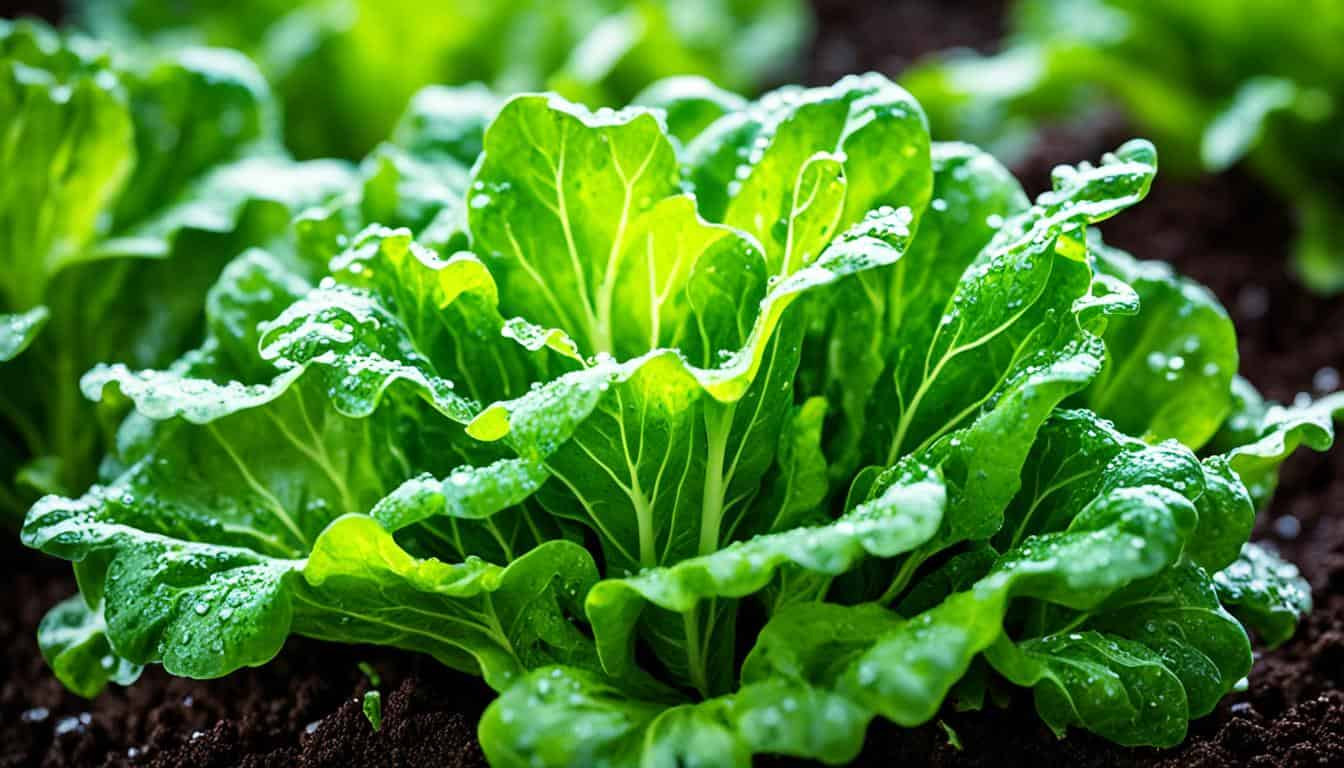

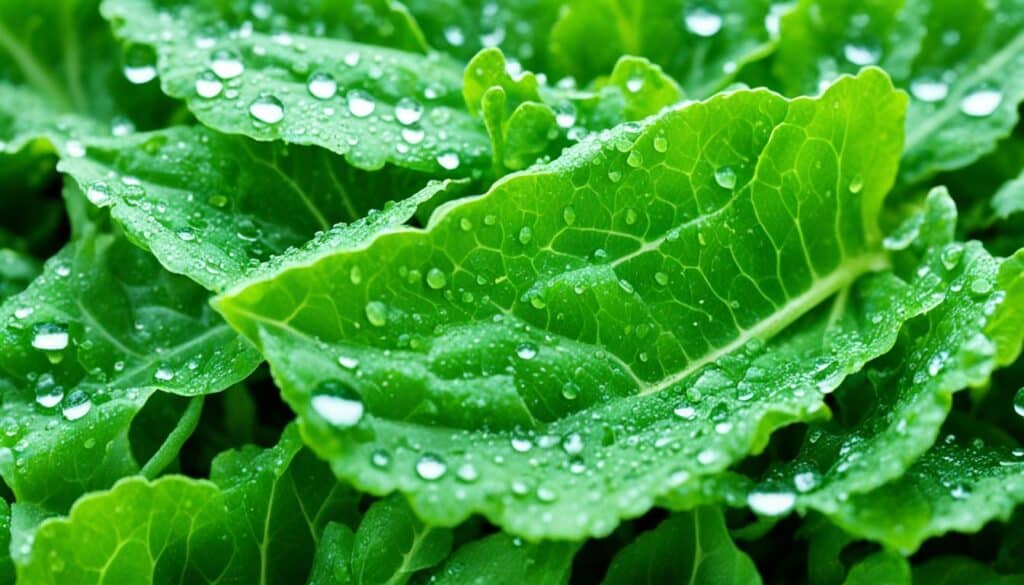
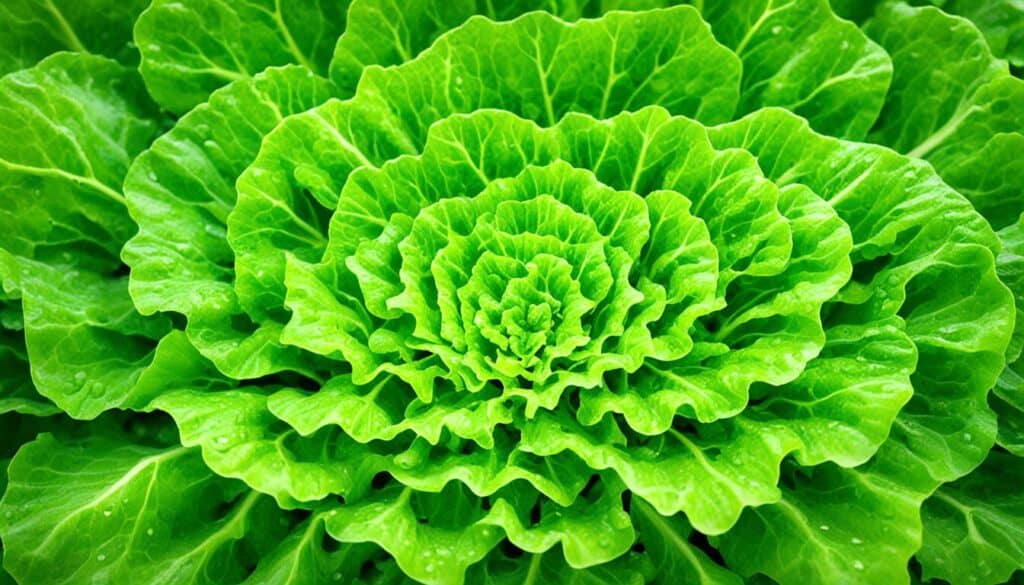
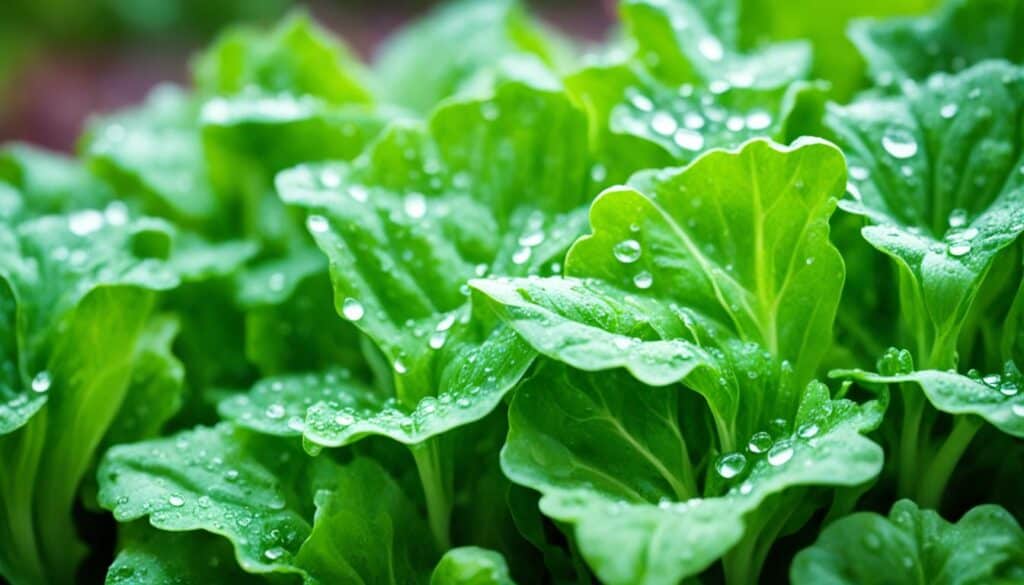
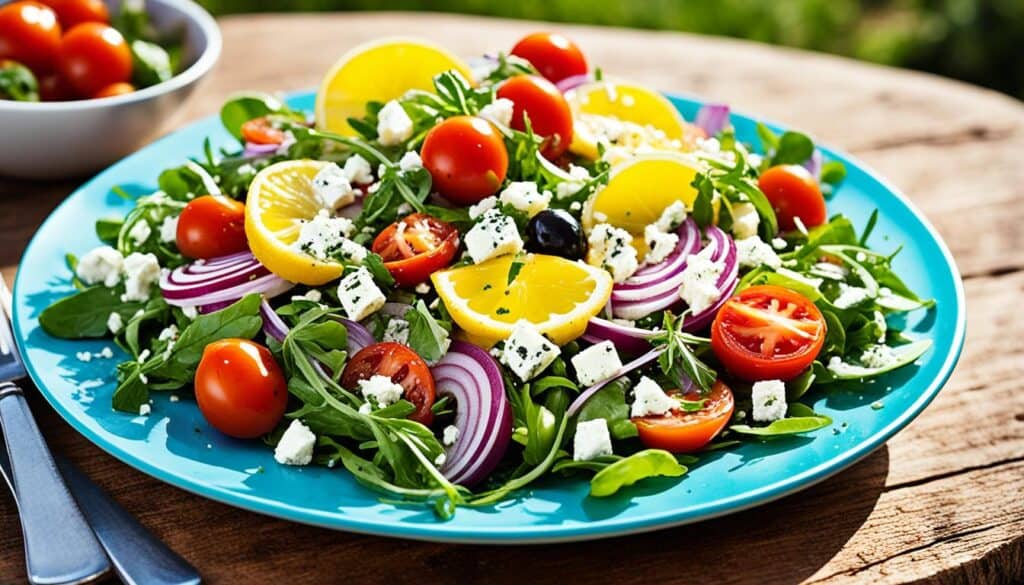



Leave a Reply